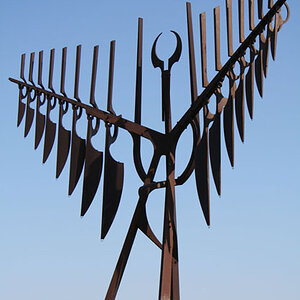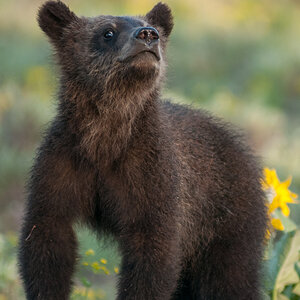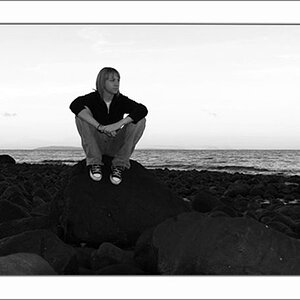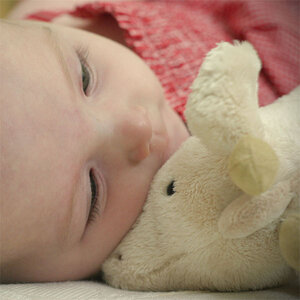TheKempo
TPF Noob!
- Joined
- Feb 27, 2020
- Messages
- 2
- Reaction score
- 0
- Can others edit my Photos
- Photos OK to edit
hi guys, i'm not sure if this is the right place for this thread, if it's not please forgive me ahah.
so, i've recently found a canon A1 that belonged to my grandad, i've never used an analog camera in my life and i'm getting into it. i'm not really a beginner about the parameters i'm asking about but i really can't fidure out how to set them properly. for example, with my digital cameras i set iso, diafram and so on, then i shot a few photos to test them, but in this case i can't shot many photos in order to save film. my big question is: how do i undersnand what are the right settings without seeing the photos? (oh, there's also the problem that i can't see the pictures right after taking them, so...)
sorry for any grammatical errors, i'm not english native,
hope i'll recive an answere soon. thanks
so, i've recently found a canon A1 that belonged to my grandad, i've never used an analog camera in my life and i'm getting into it. i'm not really a beginner about the parameters i'm asking about but i really can't fidure out how to set them properly. for example, with my digital cameras i set iso, diafram and so on, then i shot a few photos to test them, but in this case i can't shot many photos in order to save film. my big question is: how do i undersnand what are the right settings without seeing the photos? (oh, there's also the problem that i can't see the pictures right after taking them, so...)
sorry for any grammatical errors, i'm not english native,
hope i'll recive an answere soon. thanks


![[No title]](/data/xfmg/thumbnail/33/33341-3a6934b6cdb015b5acf31087acdcd278.jpg?1619735910)
![[No title]](/data/xfmg/thumbnail/31/31047-a219a8303cd90075f802f2e993dac0ce.jpg?1619734587)
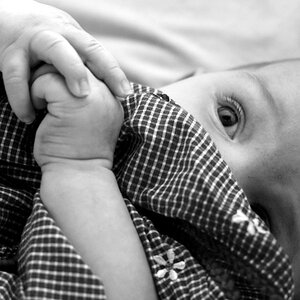
![[No title]](/data/xfmg/thumbnail/31/31740-83040d547efdbb1f87736f24d2e9985c.jpg?1619734985)

![[No title]](/data/xfmg/thumbnail/31/31046-f1d28c614676726741e90ce5b420a03e.jpg?1619734586)
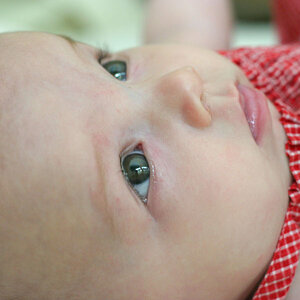
![[No title]](/data/xfmg/thumbnail/31/31044-cebde226a125a2fa016319847d0b37ed.jpg?1619734585)
